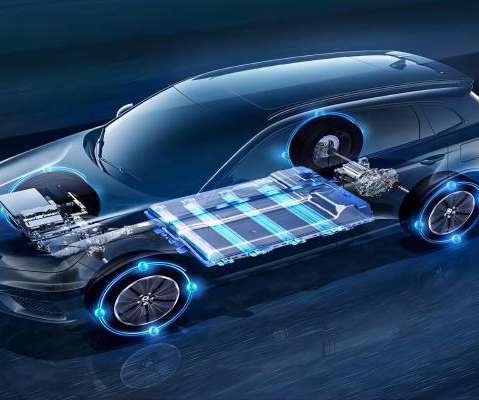New 3-step process for conversion of kraft lignin from black liquor into green diesel
Green Car Congress
JUNE 1, 2016
Researchers in Sweden and Spain have devised a three-step process for the conversion of precipitated kraft lignin from black liquor into green diesel. The kraft process converts wood into wood pulp for paper production. Their paper appears in the journal ChemSusChem. tons of black liquor dry solids.



















Let's personalize your content